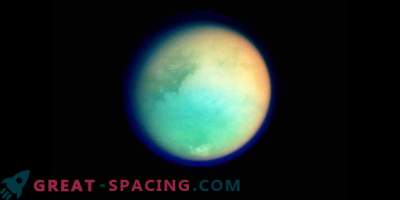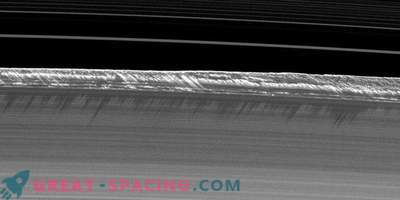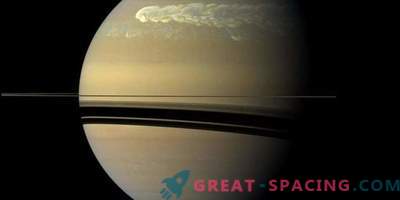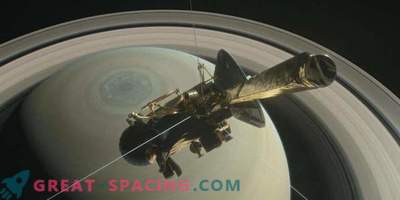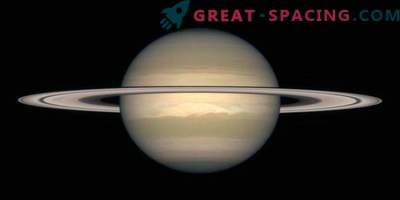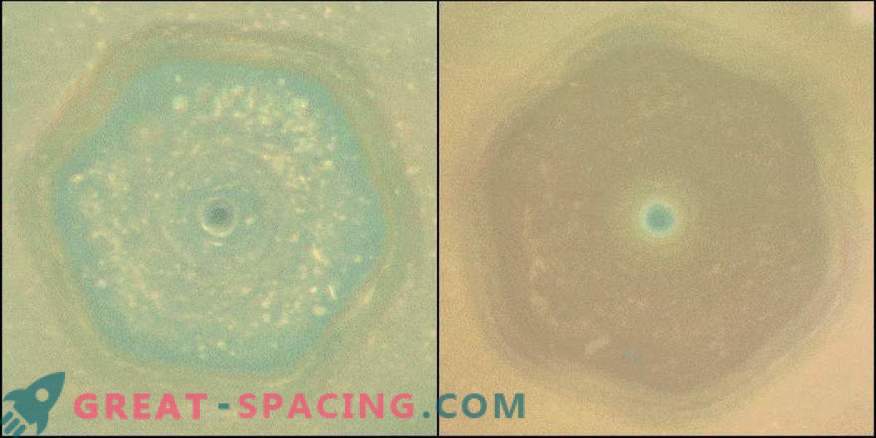
Here it is noted how the color of Saturn's north-polar region changed from June 2013 to April 2017, when the northern hemisphere turned to the summer solstice.
The NASA spacecraft still has a few months left before it crashes on the surface in September. With each new task he manages to provide unprecedented data. For example, Saturn's solstice is the longest summer day in the northern hemisphere and the short winter day in the southern. It occurs every 15 years, with both hemispheres taking on the roles of the winter and summer poles in turn.
The unit arrived at the planet in 2004 to spend 4 years studying Saturn, rings and the moon. The first expanded mission lasted from 2008-2010. - equinox mission. Cassini had to track how the sun's rays illuminate the rings of the planet and reveal shadows in the structures. NASA decided to give us a 7-year tour.
Saturn
The apparatus was able to catch how a giant storm sweeps the planet during the solstice. The evaporation of blue hues lingering in the north at the moment of formation of spring nebulae was also noticed. These haze are responsible for why the features of the atmosphere of Saturn seem smoother than that of Jupiter.

A Cassini review of Saturn during the 2009 equinox. It displays the northern and southern hemispheres, evenly illuminated by the sun. It can be seen that half of the north is in the shade. The data revealed that the formation of fog on the planet is caused by seasonal changes in temperature indicators and chemical composition in the upper atmospheric layer. Some hydrocarbon compounds (ethane, acetylene, propane) react to changes in the incoming light much faster than others.
It was surprising that these changes did not have a gradual character. Everything happened suddenly and only at certain latitudes. As a result, the whole hemisphere feels change, but it happens in sharp jerks, and not in a smooth wave.
Rings
After the equinox and during the northern summer solstice, the sun still rises above the northern rings. At a certain height, the rays penetrate deeper into the structure of the rings and heat them. This helps the device to understand whether there are particles in the clusters that are hidden in the middle of the ring plane.
Changing the angle of the planet in relation to the Sun also suggests that the rings are at an angle to the earthly observer as long as possible during the solstice. At such moments, the signal from Cassini comes much faster and cleaner.

After the equinox on Saturn in 2009, the apparatus followed the activity of the clouds on Titan.
Titan
For a long time, the mission apparatus was able to study the changes on the largest moon - Titan. It turned out that the main changes are noticeable in sudden bursts of cloud activity. Looking around the methane clouds at the south pole in 2004, it was clear that large-scale storms moved to the equator in 2010. This time period is surprising, because it seems that the clouds ignore all climate models that predict that this should have happened a few years earlier. In 2013, a sharp formation of haze and traces of hydrocarbons on the south side was noticed, although it was previously noticed only in the north. This suggests that there is a place of seasonal reversal, when the atmospheric circulation changes direction.
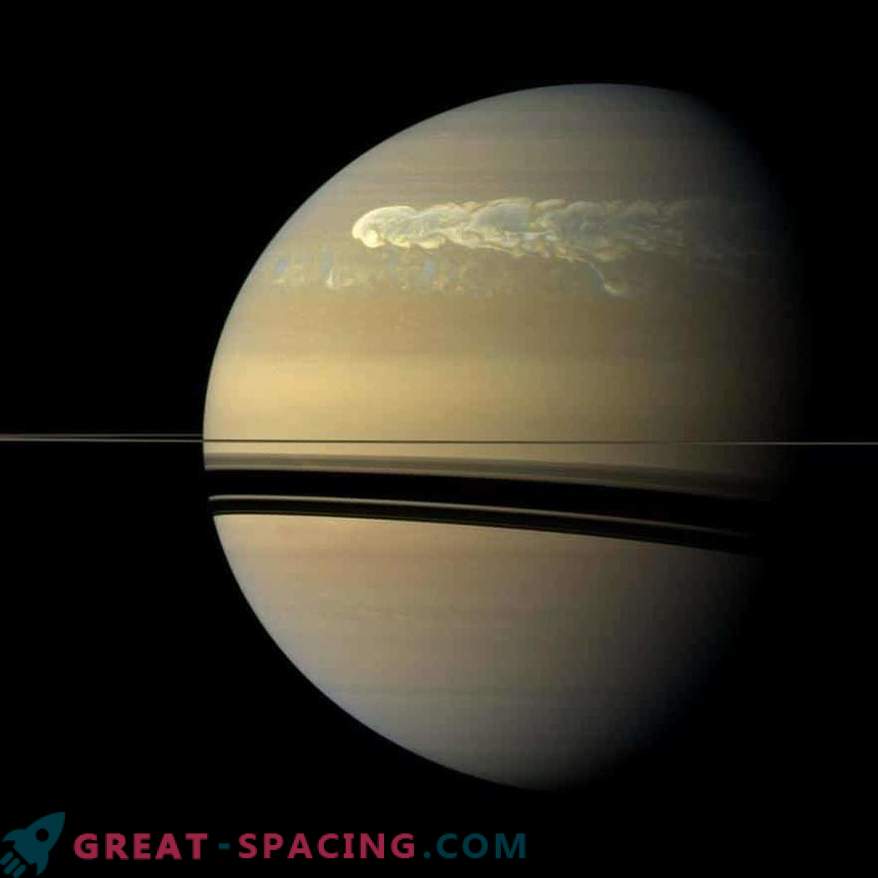
During the 7-year mission, Cassini managed to track down a strong storm that engulfed Saturn.
Enceladus
The most important thing was to study the moment of arrival of the winter darkness to the south. Although the device could no longer take into account the geological activity, but it looked more clearly at the heat emanating from Enceladus. By eliminating solar heating, you can more deeply understand the subsurface ocean and focus only on the temperature of the object.
Closer to the final
Cassini is getting closer to the Grand Finale. He will perform a series of dramatic dives, and on September 15 will disappear forever in the atmosphere of the planet.

